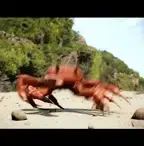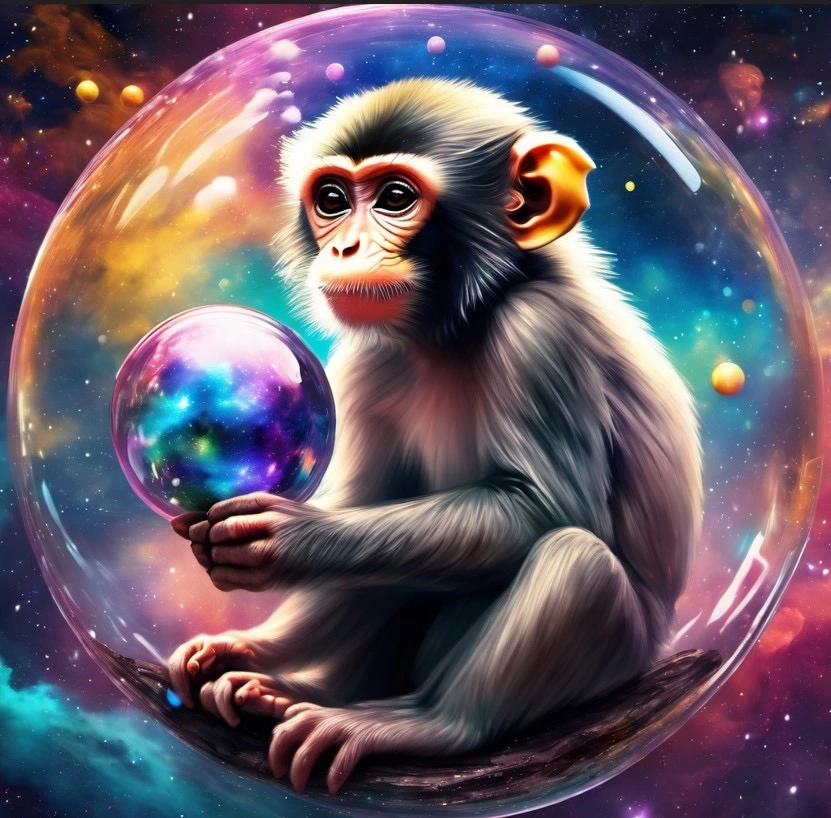There’s no reason it couldn’t work with any animal.
Any animal we have DNA for, I assume.
Do we have any dino DNA? Cave bear? Mammoth?
No, a critter is more than just DNA. And most genome sequences aren’t complete, and DNA is currently slow to print artificially, and the OG samples from anything dead in ambient conditions for more than days are badly degraded.
If we have DNA we could maybe do it one day, in principle. Especially for critters like mammoths with living relatives. This particular tech from the story isn’t highly related, though.
We have mammoth DNA and scientists have been working to restore them for at least a couple of decades now. Every few years you’ll see an article about how it’s just around the corner to clone one.
Lol, it’s click-bait garbage.
Sure, we’ve sequenced the genome, but they’ve tried somatic cell nuclear transfer only to find out that the cell dies with the mammoth nucleus. Unless it was stored in cryogenic storage beneath lead shielding to protect from ionizing background radiation it’ll never work.
The only hope they have is cloning huge sections of the mammoth genome into the elephant genome, which is a project the size and scale of which will never be performed if we can’t even be fucked to properly care for their only surviving relative the elephants (or even care enough to do anything about global warming for that matter).
It kinda need stem cell for it to work.
Research in the last 5ish years has shown that “any” cell can be induced to change into a stem cell by changing its environment and adding specific growth factors.
It’s a thing, but there’s lots of catches with the technique. That’s why stem cells are still in the laboratory.
I assure you that if the article you read was true, it’s a very niche case and not true in most contexts.
This link is a relatively new development, but induced pluripotent stem cells have been in use since around 2006 for research purposes. They can be made from a variety of cell types.
There’s so many “buts” attached to that it’s not even funny. They don’t work as well as an actual stem cell, for one thing. That’s why there’s still plenty of demand for the embryonic kind.
Ethical research guidelines bar any attempts to culture human embryos beyond 14 days of gestation, so as usual it’s clickbait and not something that will be explored anytime soon.
All it takes is one eccentric billionaire that wants to clone themself.
Clone Wars (Star Wars) /joke https://en.wikipedia.org/wiki/Clone_Wars_(Star_Wars)
Synthetic embryos are clones, too—of the starting cells you grow them from. But they’re made without the need for eggs and can be created in far larger numbers—in theory, by the tens of thousands. And that’s what could revolutionize cattle breeding. Imagine that each year’s calves were all copies of the most muscled steer in the world, perfectly designed to turn grass into steak.
“I would love to see this become cloning 2.0,” says Carlos Pinzón-Arteaga, the veterinarian who spearheaded the laboratory work in Texas.
The article said it was not just for cattle, more for general science research.
Sure is a brave new world
New ipod ad just dropped.
Holy Hell!








